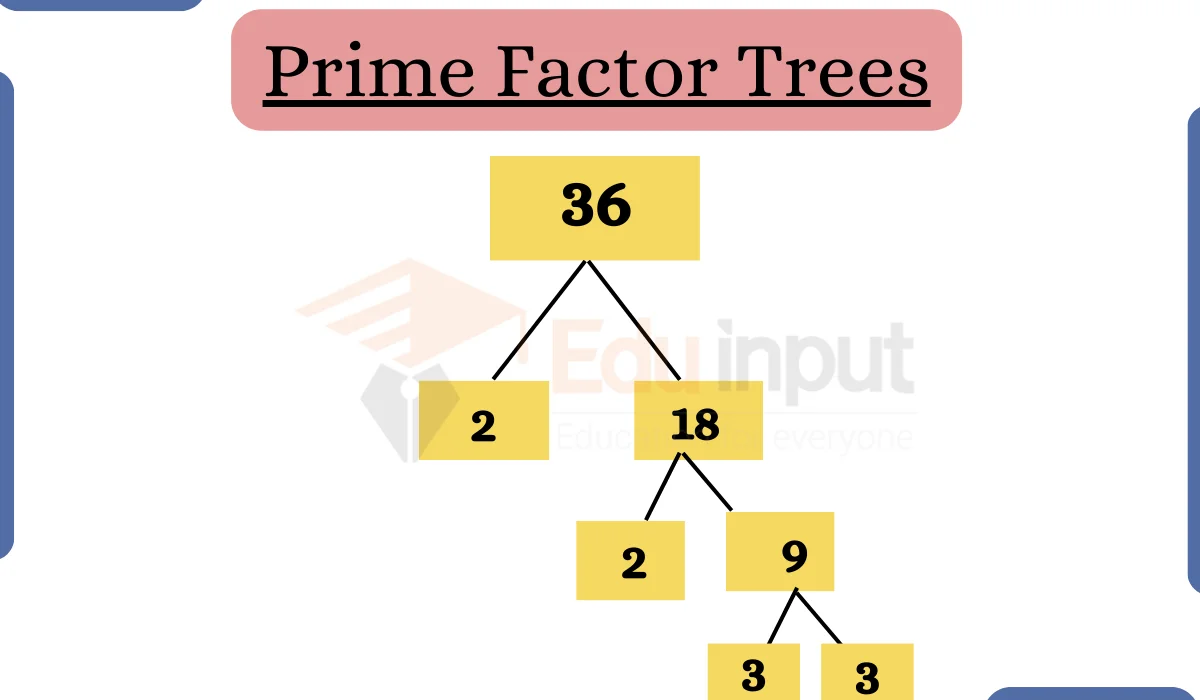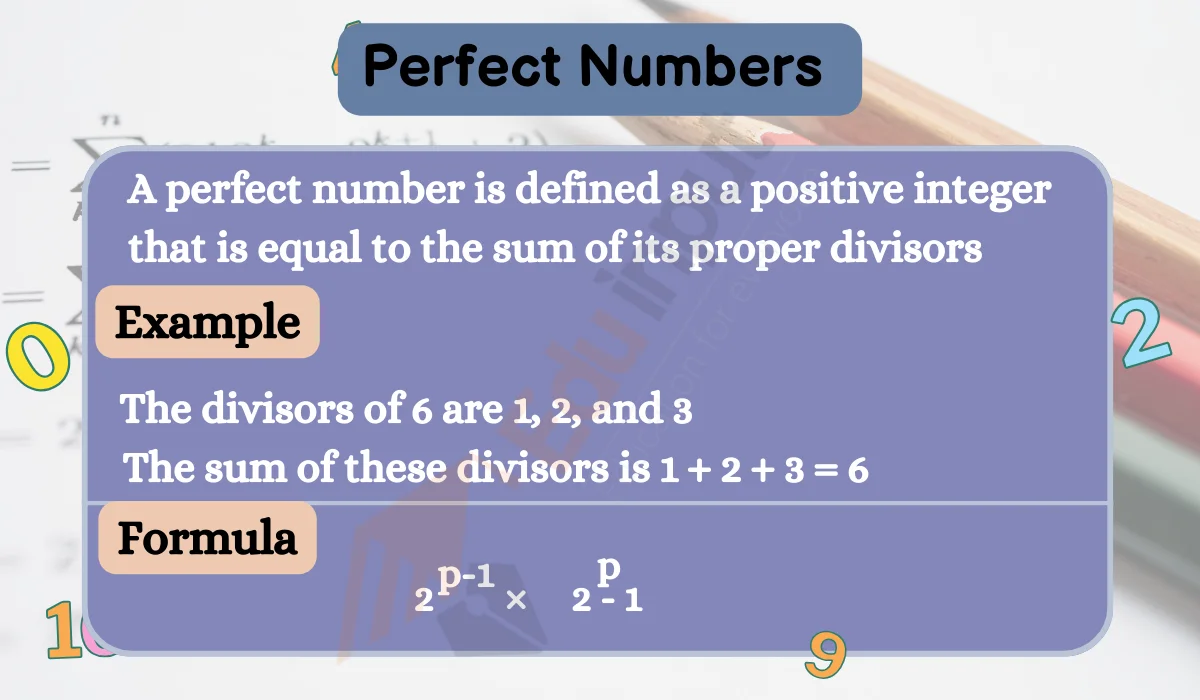8 Common Factorization Mistakes to Avoid
Factoring polynomials is an important algebra skill that involves breaking down a polynomial into its factors. While a useful technique, students often make mistakes when factoring which leads to incorrect solutions.
In this article, we will discuss how to avoid some common factorization mistakes.
Common Factorization Mistakes
These are some common factorization mistakes.
1:Forgetting to Fully Factor
Students may forget to factor a polynomial fully.
For example, factoring x2 + 5x + 6 as (x+3)(x+2). While (x+3) is a factor, the polynomial is not fully factored as there is still a common factor of (x+3) that can be taken out to get the fully factored form of (x+3)(x+2).
2: Factoring the Wrong Common Factor
When factoring trinomials of the form ax2 + bx + c, students may incorrectly factor out a number as the common factor rather than a variable.
For example, factoring 3x2 + 15x + 12 as 3(x2 + 5x + 4). The common factor is x, not 3. To avoid this, focus first on finding factors of the leading coefficient and constant that add or subtract to the middle term’s coefficient.
3: Forgetting the Signs
It’s easy to forget the proper signs when factoring polynomials.
For example, common mistake is writing -(x – 5)(x + 3) instead of -(x + 5)(x – 3). Be very careful about the signs of the factors when factoring the difference of two squares or polynomials with negative common factors.
4: Making Sign Errors
Another sign error that pops up is writing (x + 5)(x + 7) as the factored form of x2 – 12x + 35. The middle term is negative, not positive, so the factors should be (x + 5)(x – 7). Don’t rely on memorized formulas alone.
5: Not Factoring Completely
Some polynomials require multiple steps of factoring. Students may forget to factor in completely and stop early.
For example, only factoring x3 – 8 as x(x2 – 8) instead of the fully factored form x(x – 2)(x + 2). Always look for opportunities to factor further.
6: Making Careless Mistakes
Simple careless errors derail factorization. Accidentally leaving out a sign, swapping numbers, or losing a factor is easy to do when working quickly. Always double-check your factoring, verify the signs, and ensure no missing factors.
7: Mixing Up Factorization Rules
The numerous factorization rules and techniques are confusing for students. It’s easy to mix up the different methods or try to apply the wrong approach. Using flashcards or a study guide to review the factoring rules can help prevent errors.
8: Relying on Calculators
While calculators or math apps can factor polynomials, solely relying on these tools prevents building full factorization fluency.
Practice factoring manually to deepen understanding. Use technology to check your hand-factored forms and address any mistakes.






Leave a Reply